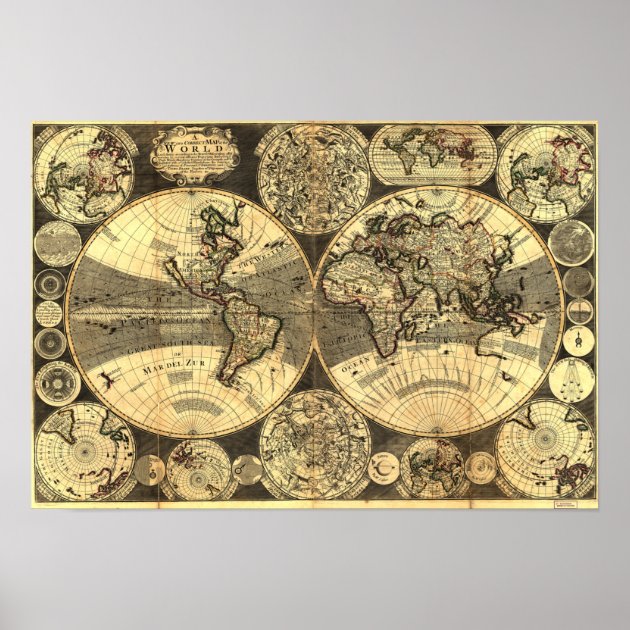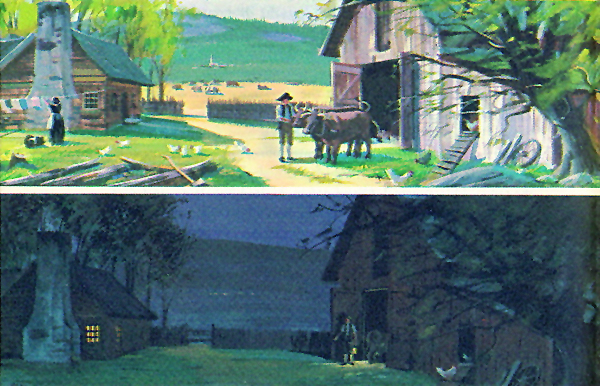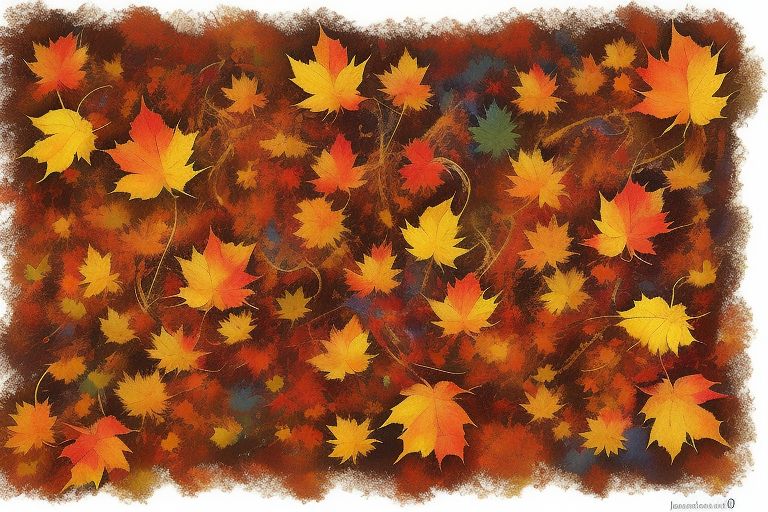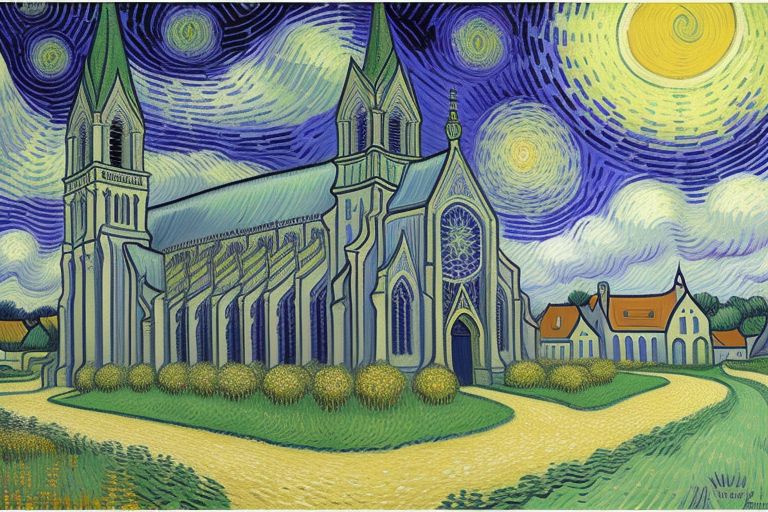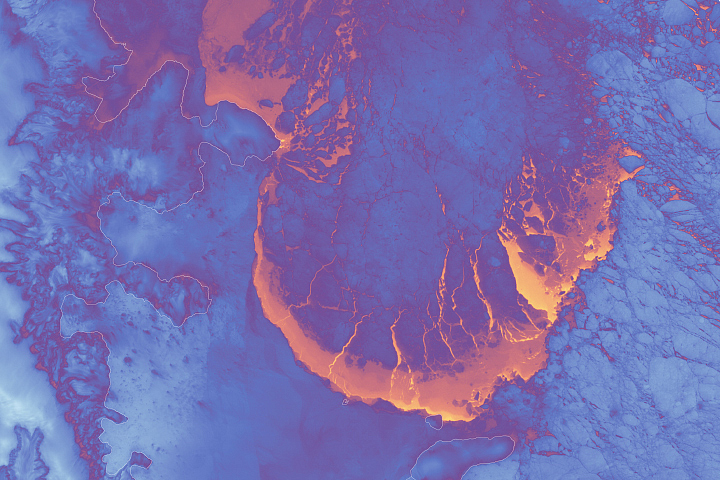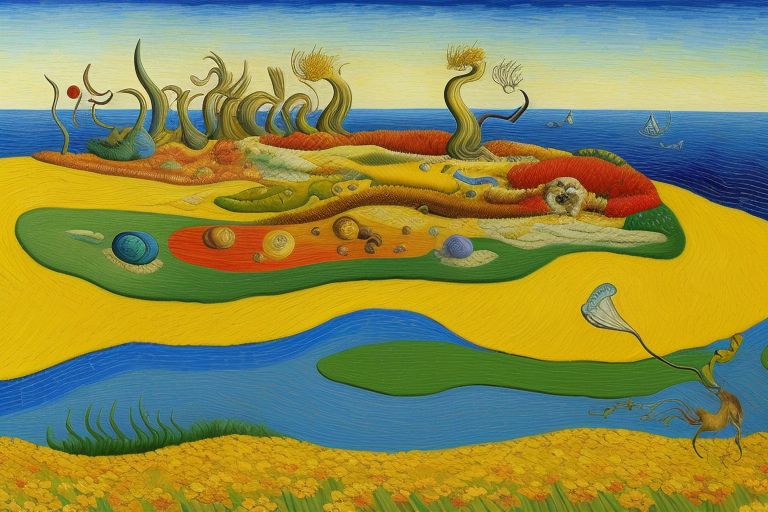noun: 1. Determining the position of a point by measuring angles to it from two points a known distance apart. 2. Positioning between two extremes, especially in politics.
Read More

A sequence of images showing the April 8, 2024, solar eclipse from beginning to totality to completion as viewed from Dallas, Texas.
Learn about NSF-supported research that took place leading up to and during the April 8 solar eclipse in the “Science Matters” story “<a …
This is an NSF Multimedia Gallery item.
Read Moreadjective: 1. Marked by extreme economy of expression in speech or writing. 2. Cryptic, ambiguous, or obscure. 3. Marked by ellipsis: the omission of one or more words from a sentence. 4. Relating to or shaped like an ellipse.
Read More

Local school children attending the “Sun, Moon, and You: Dallas Cotton Bowl Solar Eclipse” event in Dallas, Texas, look to the darkened sky as the solar eclipse reaches full totality on April 8, 2024. NSF, which hosted the event, distributed solar glasses for safe viewing.
Learn about …
This is an NSF Multimedia Gallery item.
Read More
An artist’s interpretation of the brain-like computing power behind a new synaptic transistor developed by researchers. Experiments show the transistor goes beyond simple machine-learning tasks to categorize data and is capable of performing associative learning.
[Research supported by U.S. …
This is an NSF Multimedia Gallery item.
Read More
A sea otter eats a marsh crab in Elkhorn Slough, an estuary on Monterey Bay in California. A study suggests the recolonization of otters has significantly slowed erosion of creekbanks and marsh edges by controlling the population of crabs, which eat roots and dig into soil.
[Research supported …
This is an NSF Multimedia Gallery item.
Read More

A newly developed 3D inkjet printing system uses computer vision to continuously scan a print surface while adjusting the amount of resin deposited in real time. Here, a robot is “built” layer-by-layer. The black spheres represent the material the printer is depositing, the blue beams represent UV …
This is an NSF Multimedia Gallery item.
Read More

In this rendering, researchers at Penn State demonstrated 3D integration — vertically stacking multiple layers of semiconductor devices to pack more silicon-based transistors onto a computer chip — on a massive scale, enabling more energy-efficient computing.
[Research supported by U.S. …
This is an NSF Multimedia Gallery item.
Read More

A fossilized pleurocystitid, a marine organism that went extinct nearly 450 million years ago and is believed to be one of the first echinoderms capable of movement using a muscular stem. Mechanical engineers at Carnegie Mellon University engineered a soft robotic replica of a pleurocystitid to …
This is an NSF Multimedia Gallery item.
Read More_84.png)
Mechanical engineers at Carnegie Mellon University used fossil evidence to engineer a soft robotic replica of a pleurocystitid, a marine organism that existed nearly 450 million years ago and is believed to be one of the first echinoderms capable of movement using a muscular stem. The team used a …
This is an NSF Multimedia Gallery item.
Read More

Confocal imaging reveals the dense network of capillary blood vessels in the lungs that allow oxygen to move into our bloodstream. Researchers have demonstrated that tissues within this complex vascular network can be repaired after being damaged by diseases like the flu and Covid-19 using a …
This is an NSF Multimedia Gallery item.
Read More

The Vera C. Rubin Observatory at sunset on Cerro Pachón in Chile. Equipped with an 8.4 meter wide-field telescope and a 3.2 gigapixel camera, Rubin Observatory will be used to carry out a deep survey of nearly half the sky once its operational, enabling a broad range of fundamental astrophysical …
This is an NSF Multimedia Gallery item.
Read More<img src='https://www.nsf.gov/news/mmg/media/images/edit 1_Osborne_PB062140_84.png' width='84' height='63' alt='Sea spider of the genus Colossendeis from Antarctica’ border=’0′ align=’left’ />
Sea spiders of the genus Colossendeis that live in Antarctica experience polar gigantism and are even larger than sea spiders found in more temperate waters. This specimen was collected during the 2019 PolarTREC (Polar Teachers and Researchers Exploring and Collaborating) expedition to …
This is an NSF Multimedia Gallery item.
Read More
<img src='http://unitedyam.com/wp-content/uploads/2024/04/nudibranch-notaeolidia-from-antarctica.png' width='84' height='63' alt='A nudibranch (Notaeolidia), or sea slug, found in the icy waters around Antarctica’ border=’0′ align=’left’ />
This nudibranch (Notaeolidia), or sea slug, a type of soft-bodied marine gastropod mollusk, is found in the icy waters around Antarctica. This specimen was collected during the 2019 PolarTREC (Polar Teachers and Researchers Exploring and Collaborating) expedition to study the thermal …
This is an NSF Multimedia Gallery item.
Read More

A researcher with the 2019 PolarTREC expedition dives under diatom-coated sea ice in the Ross Sea, Antarctica. The expedition studied the thermal sensitivity of embryos and larvae of Antarctic marine ectotherms.
[Research supported by U.S. National Science Foundation grant OPP 1918637.]
Read …
This is an NSF Multimedia Gallery item.
Read More

The sun’s corona — its outermost atmosphere — is typically only visible to the naked eye during a total solar eclipse. The SwRI-led Citizen Continental-America Telescopic Eclipse (CATE) 2024 project evaluated special cameras to measure the polarization of coronal light during the April 2023 total …
This is an NSF Multimedia Gallery item.
Read More

This prototype electronic sensor emits current when it detects the anticancer drug afimoxifene. Researchers created the device to demonstrate a new method that could lower the cost of automated dosing systems for chemotherapies and other drugs.
[Research supported by U.S. National Science …
This is an NSF Multimedia Gallery item.
Read MoreA reading from the Acts of the Apostles
Acts 6:8-15
Stephen, filled with grace and power,
was working great wonders and signs among the people.
Certain members of the so-called Synagogue of Freedmen,
Cyreneans, and Alexandrians,
and people from Cilicia and Asia,
came forward and debated with Stephen,
but they could not withstand the wisdom and the Spirit with which he spoke.
Then they instigated some men to say,
“We have heard him speaking blasphemous words
against Moses and God.”
They stirred up the people, the elders, and the scribes,
accosted him, seized him,
and brought him before the Sanhedrin.
They presented false witnesses who testified,
“This man never stops saying things against this holy place and the law.
For we have heard him claim
that this Jesus the Nazorean will destroy this place
and change the customs that Moses handed down to us.”
All those who sat in the Sanhedrin looked intently at him
and saw that his face was like the face of an angel.
From the Gospel according to John
Jn 6:22-29
[After Jesus had fed the five thousand men, his disciples saw him walking on the sea.]
The next day, the crowd that remained across the sea
saw that there had been only one boat there,
and that Jesus had not gone along with his disciples in the boat,
but only his disciples had left.
Other boats came from Tiberias
near the place where they had eaten the bread
when the Lord gave thanks.
When the crowd saw that neither Jesus nor his disciples were there,
they themselves got into boats
and came to Capernaum looking for Jesus.
And when they found him across the sea they said to him,
“Rabbi, when did you get here?”
Jesus answered them and said,
“Amen, amen, I say to you, you are looking for me
not because you saw signs
but because you ate the loaves and were filled.
Do not work for food that perishes
but for the food that endures for eternal life,
which the Son of Man will give you.
For on him the Father, God, has set his seal.”
So they said to him,
“What can we do to accomplish the works of God?”
Jesus answered and said to them,
“This is the work of God, that you believe in the one he sent.”
This is an example of how Jesus corrects the attitude of the people, of the crowd, because as they were journeying they gradually strayed from that first moment, from the first spiritual consolation, and took a path that was not the right one, a path more worldly than evangelical.
This makes us understand how many times we ourselves have started out on the path of following Jesus, with the values of the Gospel, and then halfway down the road we get another idea, we see some sign or other, and we stray and conform to something more temporal, more material, more worldly – let’s say – and we lose the memory of that first enthusiasm we had when we heard Jesus speak. The Lord always makes us return to that first encounter, the first moment when He looked at us, He spoke to us and He inspired in us the desire to follow Him. This is a grace to ask of the Lord, because in life we will always have this temptation to stray because we see something else: “But that will go really well, but that’s a good idea”, and we distance ourselves. The grace to return to the first call, the first moment: to not forget, to not forget my history, when Jesus looked at me with love and said to me, “This is your path”; when Jesus, through many people, made me understand what the path of the Gospel is, and not other paths that are more worldly, with other values. To return to the first encounter. (Santa Marta, 27 April 2020)
Read More

Low light illuminates icebergs near the pier at Palmer Station on Anvers Island near the Antarctic Peninsula. Palmer is one of three U.S. research stations in Antarctica, all of which are operated by the NSF U.S. Antarctic Program.
[The U.S. Antarctic Program is supported by the U.S. National …
This is an NSF Multimedia Gallery item.
Read Moreverb tr.: 1. To divert basic or instinctual impulses to something more socially acceptable. 2. To refine or purify. verb tr., intr.: To directly transform from solid to gas, or vice versa, bypassing the liquid state. adjective: Refined; purified; elevated; exalted. noun: A substance obtained by sublimating.
Read More